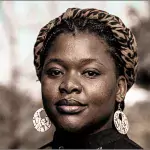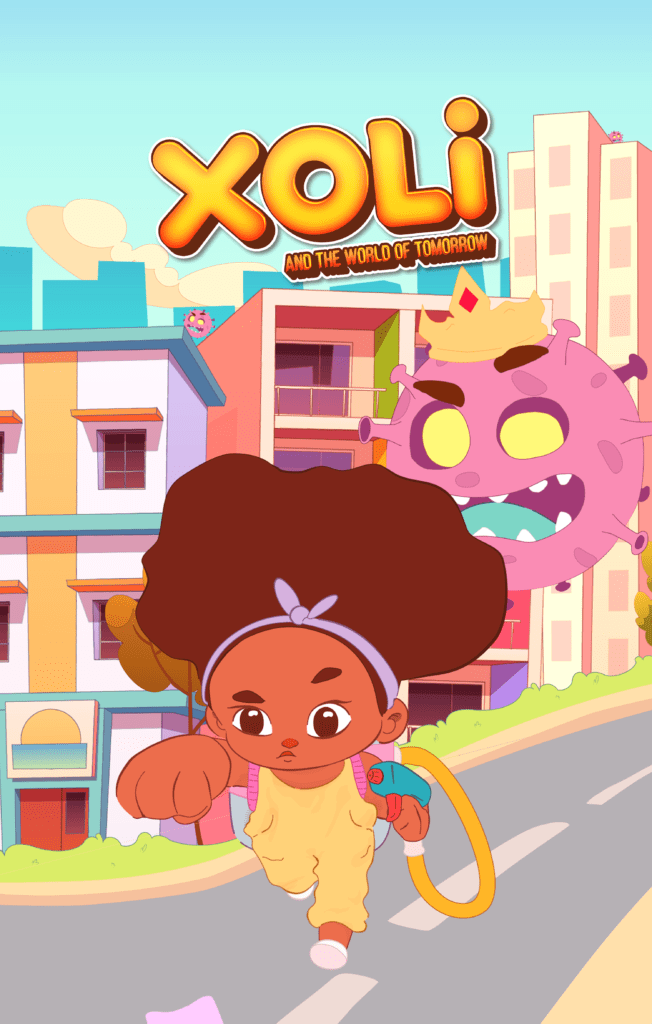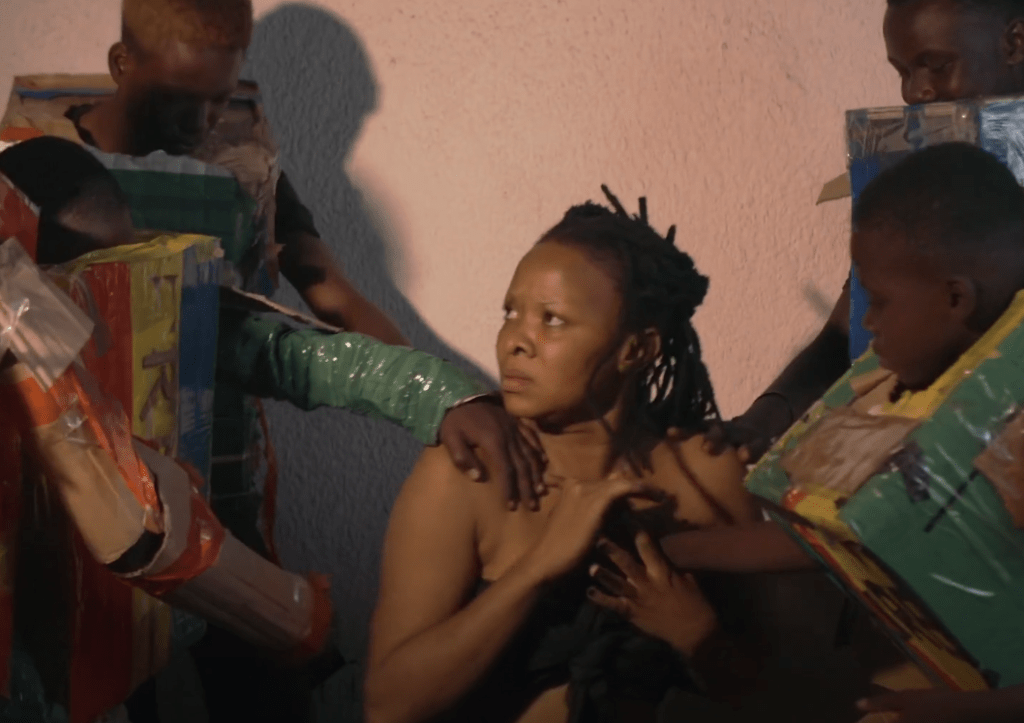A few words about your artistic career
I am continually evolving as a visual storyteller. In 2018, I was voted in the Top 20 contemporary African artists with the potential to shape and inspire the global scene. In 2019, my project was selected as one of the top 6 VR projects by Digital Lab Africa.
How long have you been an artist?
I've been an artist for just over twenty years and I've been experimenting with virtual reality for two years.
Why did you apply for this scholarship? How will the scholarship support you?
I wanted to give myself the opportunity to explore my 'artistic self' by telling stories in a different way. I can concentrate on the creative process from ideation to final presentation rather than worrying about expenses such as accommodation, transport, internet access and where the next meal is coming from.
What are your concrete artistic objectives after this residency?
I'll be creating more visual and VR content about Zimbabwean culture and taking a professional course in augmented and virtual reality.
What did you achieve during this creative residency? What is the result (work created)? Who was involved in the creative process?
"Whispering Silence is a digital storytelling project that sought to collect ten unique stories from randomly selected people in Harare. In addition to this, I sought to capture the life experiences of my interview subjects and the solutions they proposed for today and tomorrow through ngano, folklore. I selected four densely populated areas in which to work, and this is what I did: Mbare, Epworth, Mufakose and Highfields. I selected these four areas because people in high-density areas are less governed by social media than those in low-density areas. I developed relationships with the Friendlies (Epworth), Mufakose Youth Development (Mufakose) and the Shava family (Highfields) who, in turn, facilitated conversations with their respective communities.
How do you think these activities help us to think about the world today, in relation to the COVID-19 crisis, and/or about building for the future?
I like to think that Whispering Silence has contributed to the collection of indigenous knowledge that we have gathered in the form of stories or ngano. Contributors to the project have shared many lessons that show how easily we are misled or misinformed (fake news), a problem that is fast becoming a norm in today's coronavirus-influenced environment. Some of the stories shared offer advice on how to incorporate what is now known as 'organic farming' and best practice - this being offered as a solution to the drought environment we currently find ourselves in and how to make the most of the land available.
Project participants also explained how parents can use traditional/cultural games to complement the 'formal' school system and indigenous foods to eat to boost the immune system. Most importantly, the participants gave advice on how people/communities can relate to each other for a better future.
How did you feel during the residency? And afterwards?
During the residency, I felt more focused on my work and had access to many options in terms of decision-making. The project continues to evolve in new ways, as I continually review deadlines and find new information to use as a reminder card to learn more. As I move towards the end of the project, I appreciate the collaboration the mit has achieved so far.
While I'm still working towards the end of the project, I appreciate how far I've come and the knowledge I've gained about Zimbabwean culture. I feel I've done what I set out to do, but in doing so I've opened up a need for more information. Part of the iceberg.
[(Whispering Silence
)]
[(Download the Charmaine Chitate application from her website
)]






